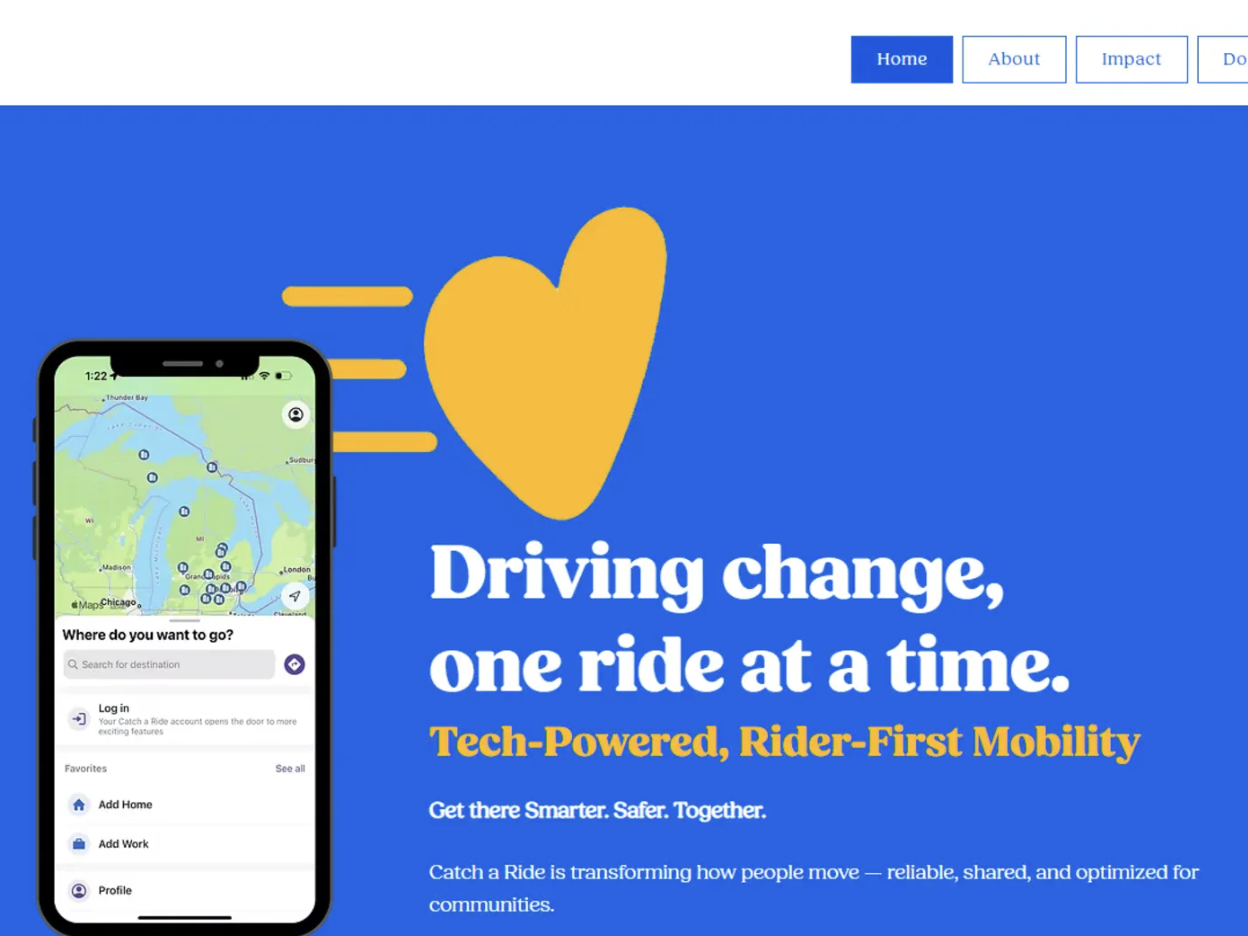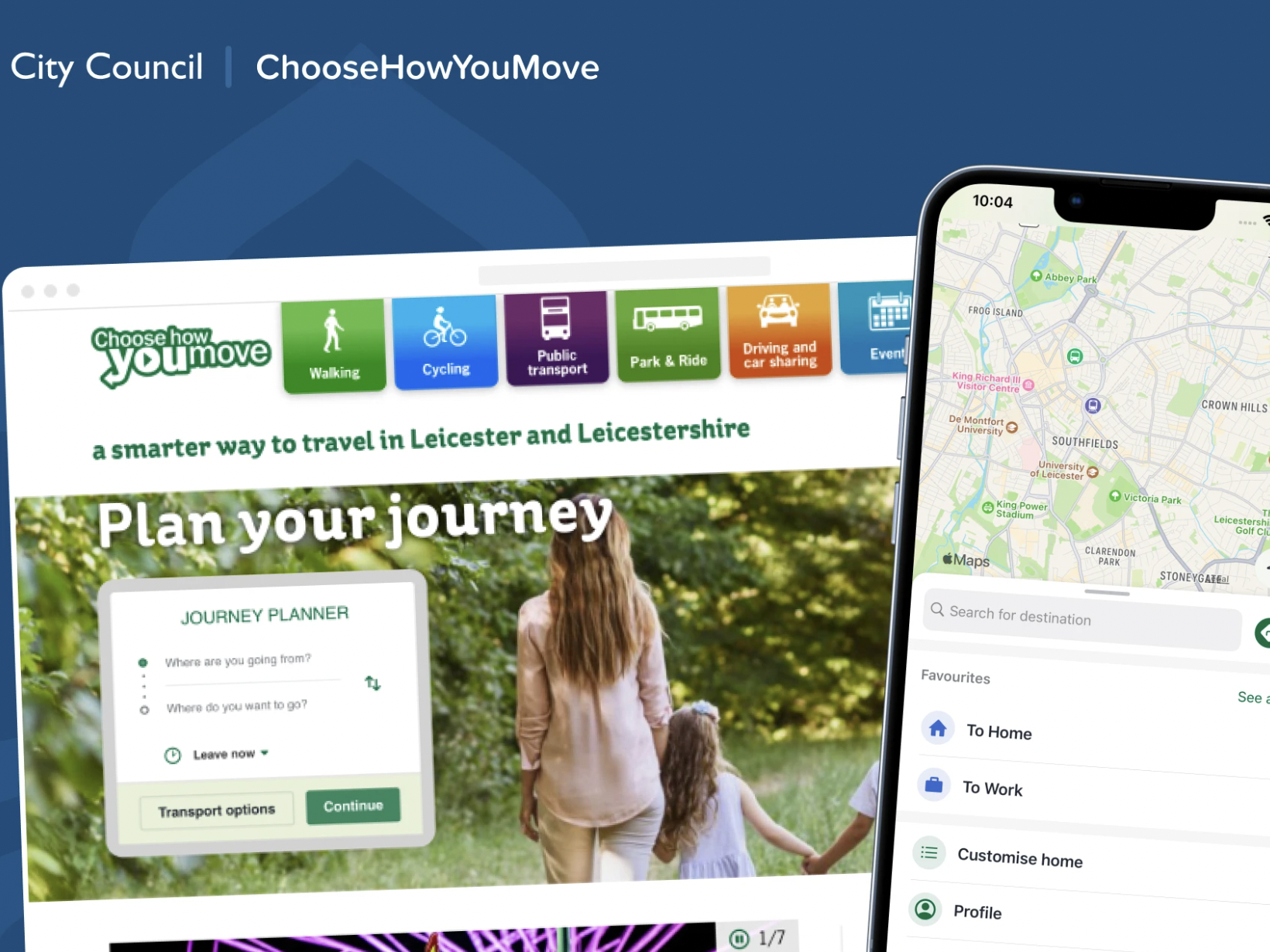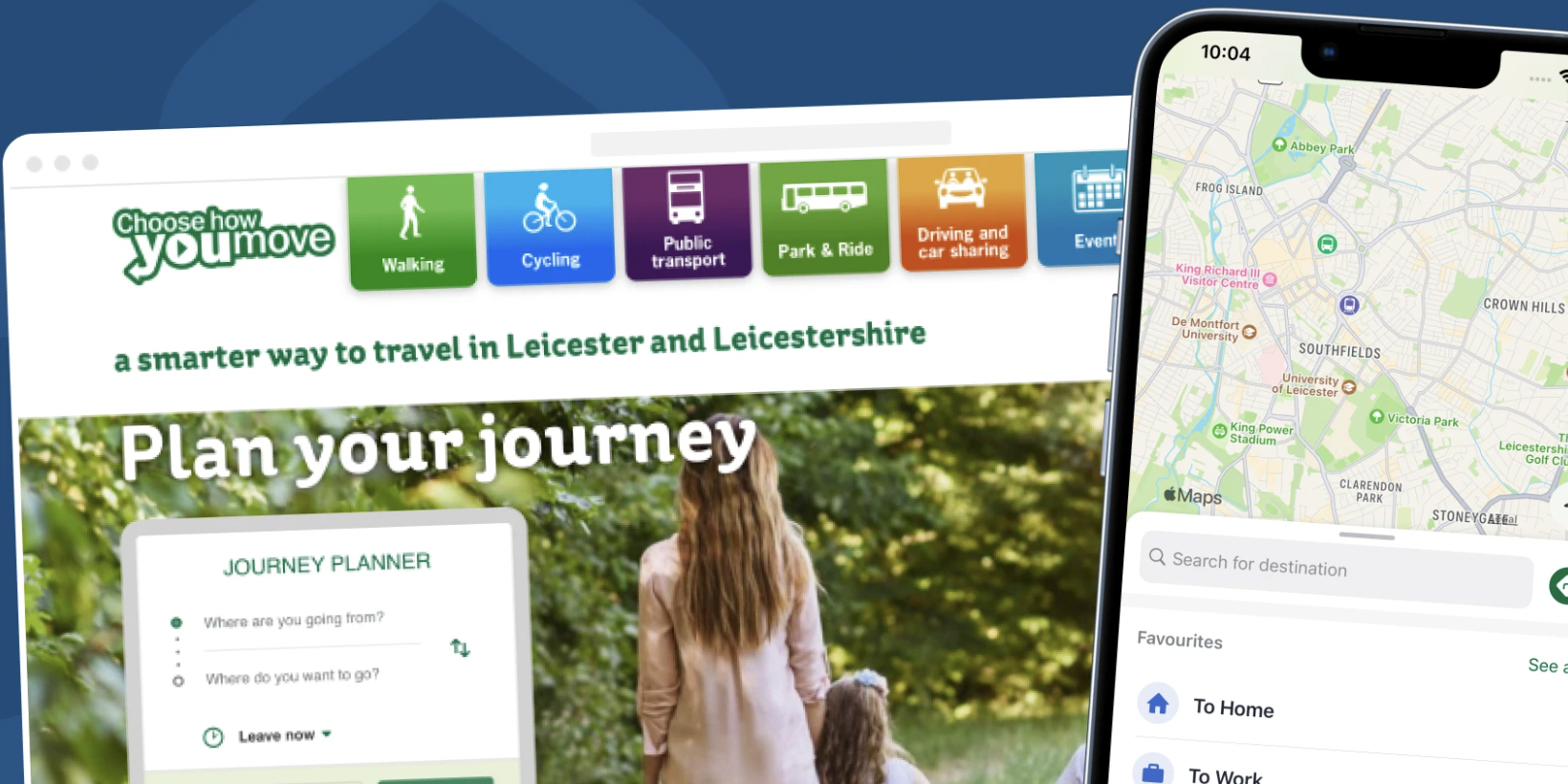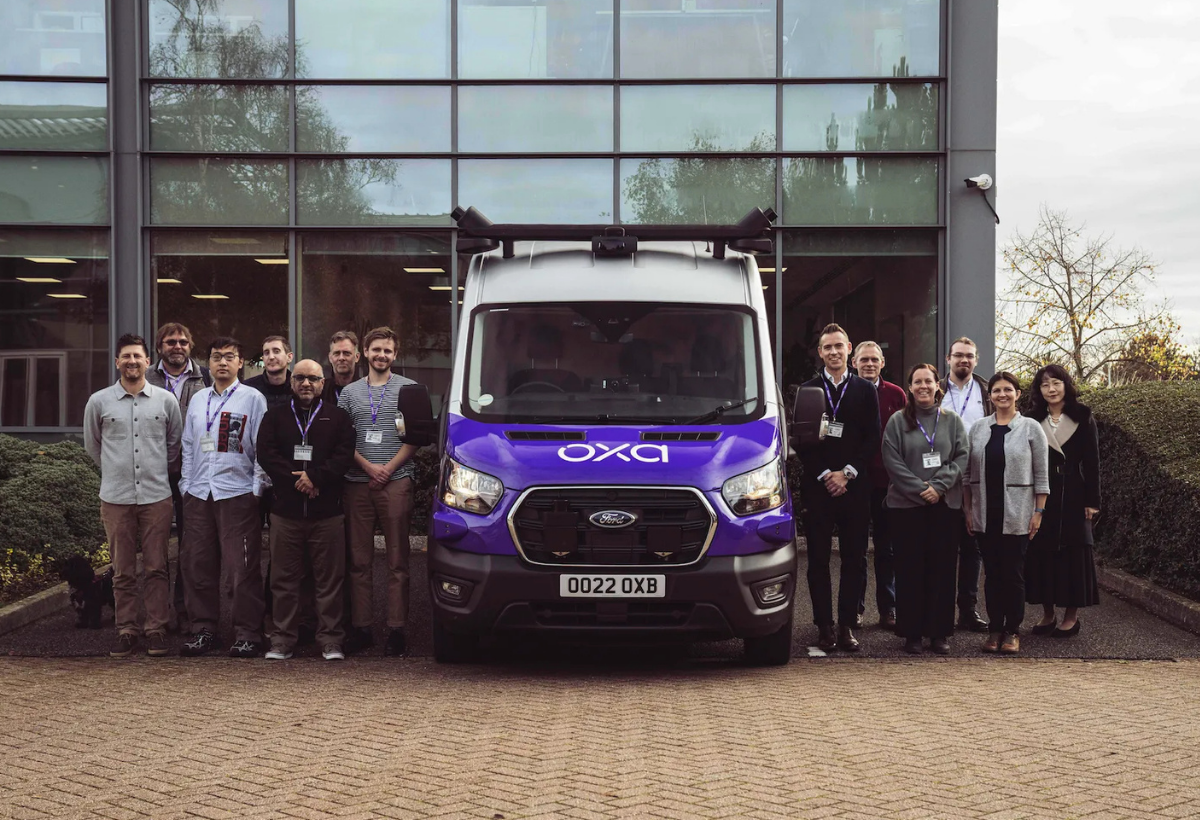In an era driven by data and digital services, mobile ticketing has emerged as more than just a convenient payment method—it can be a linchpin of integrated transport networks.
However, transport professionals are acutely aware that making ticketing fully digital raises practical, commercial and ethical challenges. Below, we explore these complexities in greater depth and outline strategies for optimising mobile ticketing solutions.

Next-Generation Mobile Ticketing
Mobile ticketing has evolved far beyond basic QR codes in an app. Contactless payment methods using virtual cards, tokenisation and embedded secure elements offer end-to-end digital journeys with minimal friction. Beyond simple ticket purchases, the next phase involves integrating disparate services under one digital wallet:
- Virtual cards: Transit cards are stored in digital wallets (e.g. Apple Pay, Google Pay), allowing customers to use the same device for multiple operators.
- Account-based ticketing: Fares are calculated and billed after journeys complete, rather than pre-purchased, reducing ticket complexity.
- Open payments: EMV-based acceptance (contactless credit/debit cards) removes the need to buy tickets altogether, though it necessitates strong revenue allocation systems.
By removing physical media and onsite queues, operators can reap cost savings and improve the user experience. Yet the transition demands robust infrastructure to cope with high volumes, real-time fare capping and near-instant data reconciliation.
Bridging Systems for Multi-Operator Travel
One of the most powerful opportunities in mobile ticketing lies in unifying various transport modes—long-distance rail, local buses, micromobility, on-demand shuttles—into a single platform. This approach eliminates the headache of juggling multiple apps or paper tickets. However, it also exposes the complexity of interoperable data standards:
- Different protocols: Not all operators use the same back-end for validating tickets, requiring translation layers or aggregator APIs.
- Variable fare structures: Dynamic pricing for shared mobility and zone-based fares for rail or buses must be reconciled accurately and in real time.
- Revenue-sharing models: Operators must establish transparent frameworks for dividing income, which can become contentious without clear regulations or trusted clearing houses.
Achieving seamless multi-operator travel is not just about technology; it requires coordinated planning, governance and standardised processes to align commercial interests.
Harnessing Data and Intelligence
Mobile ticketing generates a wealth of valuable data, from journey patterns to passenger flow and dwell times. Leveraged responsibly, this data can:
- Inform service planning: Detect peak load times, reconfigure routes, and address capacity issues.
- Support targeted marketing: Identify regular vs. infrequent passengers for personalised offers or loyalty schemes.
- Drive operational efficiencies: Integrate with traffic management systems to optimise schedules and adapt to real-time disruptions.
While these capabilities can empower intelligent transport networks, they raise critical questions around passenger privacy, regulatory compliance (e.g. GDPR) and data ownership. Clear data governance policies are essential to maintaining public trust.
Ensuring Accessibility and Bridging the Digital Divide
Despite the increasing ubiquity of smartphones, not all passengers can or want to rely solely on mobile-based solutions. Issues such as cost, connectivity blackspots, disability-related barriers and digital literacy remain. To ensure fair and equitable access, transport professionals need to consider:
- Hybrid ticketing models: Maintaining traditional smartcards or paper tickets as a fallback.
- Affordability: Providing low-cost or free data access for key transport apps in partnership with mobile operators.
- Universal design: Ensuring apps follow accessibility guidelines (e.g. screen-reader compatibility, high-contrast designs, voice control).
- Community engagement: Collaborating with local organisations to offer digital skills training, ensuring no group is disproportionately left behind.
A fully digital approach can improve efficiency but, if poorly implemented, risks alienating passengers who are already vulnerable or marginalised.
The Role of SkedGo
SkedGo offers transport providers and ticketing companies a robust platform for integration and innovation within the mobility as a service (MaaS) ecosystem. By unifying disparate transport modes, SkedGo helps operators:
- Deliver seamless journeys: Integrate real-time planning, booking and payment in one interface, reducing friction for customers moving across different operators.
- Tailor user experiences: Provide multimodal route options, accessibility filters and dynamic pricing, giving passengers transparent choices.
- Future-proof operations: Build flexible architectures that adapt to new payment methods, evolving regulations and the next wave of micromobility or connected services.
- Enhance data insights: Leverage detailed analytics on journey patterns and usage trends, aiding service optimisation and targeted fare strategies.
Through these capabilities, SkedGo acts as a powerful catalyst for ticketing stakeholders aiming to create a more cohesive, passenger-centric network.
This article was originally published by SkedGo.















